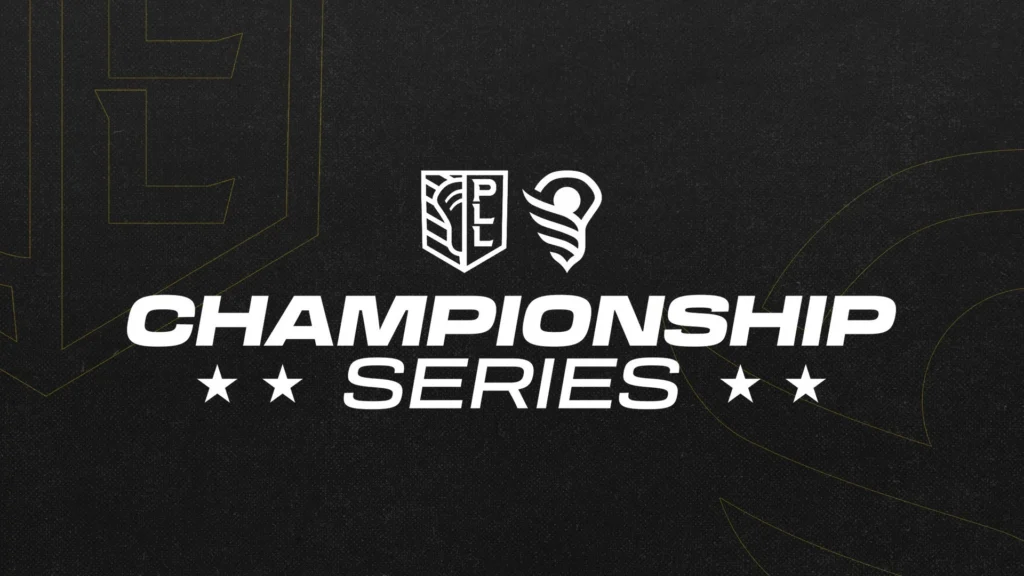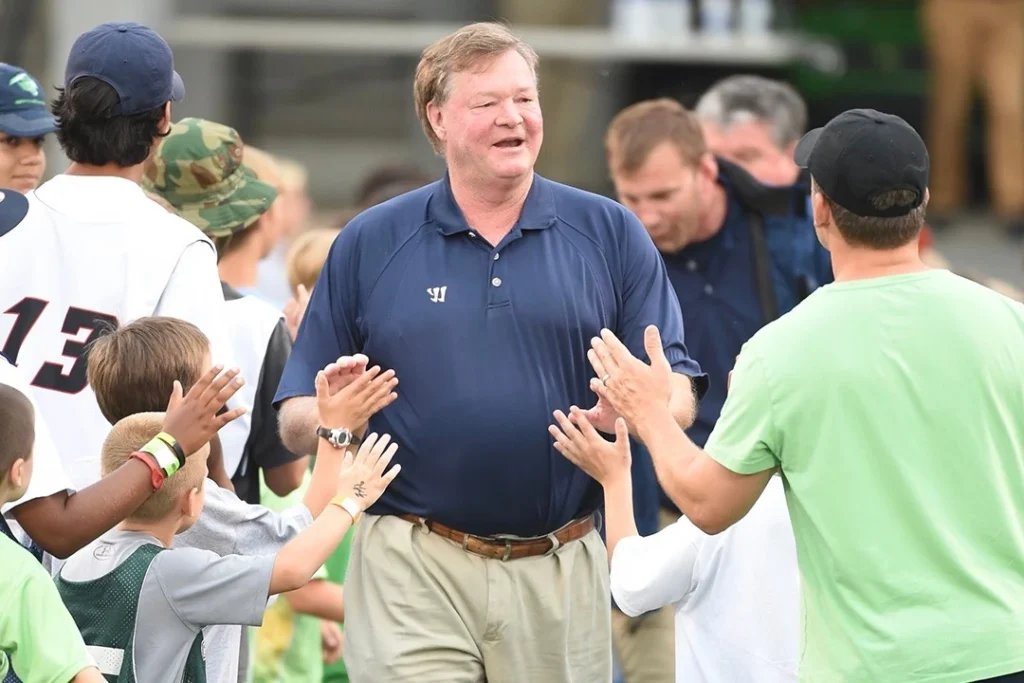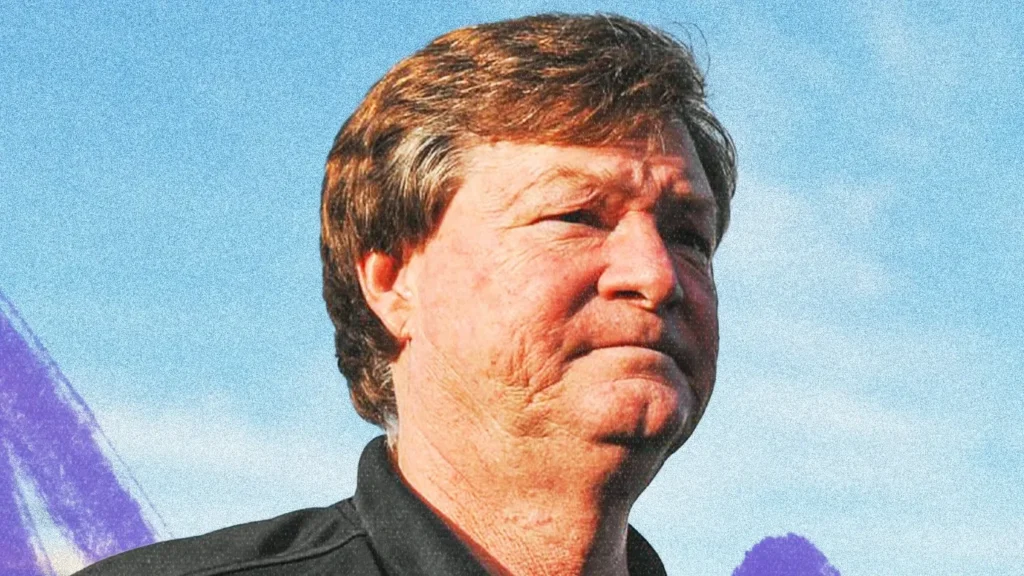
Film review: Analyzing the Waterdogs’ two-point problem
By Wyatt Miller | Jul 24, 2024
Two-point defense has been the irksome flea in the Philadelphia Waterdogs’ season. No matter how hard they fight, the Dogs just haven’t rid themselves of the problem that’s dictated each of their five losses.
This is a team that’s allowed 10 two-point goals in six games, which is tied for the league lead with the New York Atlas. Yet, the Atlas’ 10 have come in seven games, and they average 4.5 more scores per game than the Waterdogs.
Philly’s opponents are shooting 34.5% on two-point shots this season, which is significantly higher than any individual team.
In all five of the Waterdogs’ losses, the two-point margin has matched or exceeded the scoring margin. They simply can’t defend the two-pointer, and it’s cost them multiple games. After charting every two-point attempt against the Waterdogs thus far to diagnose the problem, here are my main takeaways:
Letting shooters shoot
Philadelphia’s defense has lost key shooters in the shuffle, and they’ve taken advantage. Every player with three or more two-point goals this season has scored at least one of those against the Waterdogs. Last game, Graham Bundy Jr. found twine on two deep balls, and his third goal had just a toe on the line but “should have been a two,” according to Waterdogs head coach and general manager Bill Tierney.
"It's not like we weren't prepared for Bundy,” Tierney said postgame. “We talked about it on last week’s team Zoom, we talked about it on this week’s team Zoom. But we just have to know where these guys are."
The same can be said for Mike Chanenchuk, Matt Campbell, Marcus Holman and Tom Schreiber, who have all hit twos against Philly this season. Those are some of the best shooters in the league, and leaving them open from distance, no matter the circumstances, holds disastrous potential.
Bundy’s performance in the Dogs’ most recent loss showcased their tendency to switch off notable two-point savants. Despite the Denver Outlaws rookie having already hit two goals from at or beyond the arc, Chris Sabia left Bundy open to guard a cutter who was already being trailed closely by Marcus Hudgins. When Brennan O’Neill saw this, he flipped it to the top, and Bundy hit his mark.
Graham was on FIRE in Fairfield, scoring 2 2PT Goals and 3 goals over 95MPH ☄️@gbundo8 pic.twitter.com/DHuhznmYGa
— Denver Outlaws (@DenverOutlaws) July 22, 2024
That demoralizing goal gave the Outlaws a three-score lead heading into the fourth quarter, and the Waterdogs just couldn’t salvage it. The momentum supplied by late twos from proven shooters has consistently put the Waterdogs in poor spots that they haven’t been able to claw out of.
Straight shots will go with the high arc
Of the nine twos the Waterdogs have allowed with a goalie between the pipes, only two of them have been bouncers. Usually, shots off the turf or grass are harder to track than straight shots, but Dillon Ward just isn’t seeing the lasers from distance.
Teams are shooting 7-for-18 (38.9%) on straight shots from beyond the arc against the Waterdogs. Ward’s struggles are a big component of that, as he’s saved just six of 13 such shots (42.9%). His season-long save percentage is 53.7%, but Ward’s unique style may be affecting his efficiency against the deep ball.
Ward’s high arc can be very useful against bouncers and close attempts, but for high heat from distance, it gives him less time to react. Against the Whipsnakes, Ward stepped out to challenge Jackson Morrill in tight on the right wing, and Liam Byrnes left the sniper alone to help the shorty.
When Morrill passed it back up to an open Chanenchuk, Ward chose to step out even further. The 97-mph rip slotted inside the left post as Ward’s stab with the crosse was too late.
Dillon Ward’s high arc is a fantastic weapon against close shots. But is it hurting his chances against the deep ball?
On this goal, it seems like he reacts just late to the fireball from Mike Chanenchuk. pic.twitter.com/qZqWg7nVLX
— Wyatt Miller (@wymill07) July 23, 2024
It seems like Ward’s high arc is making it more difficult to track two-pointers, as the faster straight shots are blowing by him. The high arc is a staple of his game and can be very useful, but it may not be worth the risk if it’s a liability against the direct two-pointer.
Context doesn’t matter
The context in which Philadelphia is defending against the two doesn’t matter – they have struggled across the board. Opponents are shooting 25% or above on two-pointers in the following situations: transition (30%), settled (40%), to beat the clock (25%), bouncers (27.3%), straight shots (38.9%), from the middle (29.4%) and from the left wing (50%).
Meanwhile, the highest two-point rate for any team is the Cannons’ 23.3%. In two games against Philly, Boston has hit four twos, and it's done it in a variety of ways. Campbell hit one from the top on a powerplay, Holman capitalized in transition and Zac Tucci chucked up a prayer to beat the first-half buzzer. Ward can’t take all the blame for these, especially the golden transition opportunities.
Holman’s fast-break goal was a thing of beauty, and Ward couldn’t do much to stop it. The outlet pass from Colin Kirst to Ethan Rall was right on the money, and when he passed it to Holman on the left wing, Byrnes’ closeout wasn’t in time to stop the high bouncer that stung the far corner. Ward didn’t utilize the high arc that time, and there still wasn’t much he could do to stop this shot:
MARCUS HAS THE HOUSE JUICED!!!!
Ties it up with the TWO on ESPN2: https://t.co/emEG2OjN2N pic.twitter.com/Oo5fQxORJw
— Boston Cannons (@PLLCannons) July 7, 2024
Holman is arguably the most accurate shooter in the league, so leaving him unmarked in transition is a dangerous game to play. The Dogs have yielded 10 transition two-point shots, and three of them have landed in the back of the net. Plays like this are a significant reason for that success.
How to fix it
There is no single fix to this problem because a variety of actions are enabling it. The best thing this defense can do is trust each other a bit more.
Tierney is known for his revolutionary slide techniques, but it seems like the Dogs have been a bit overzealous while sliding in from the outside. It’s not worth leaving a knockdown shooter to help a shorty closer to the cage, yet Philly has done that consistently this season.
With four games remaining and a ton of ground to cover, the Waterdogs have to fix this two-point problem, because it’s cost them in every single loss and they can’t afford another one.







